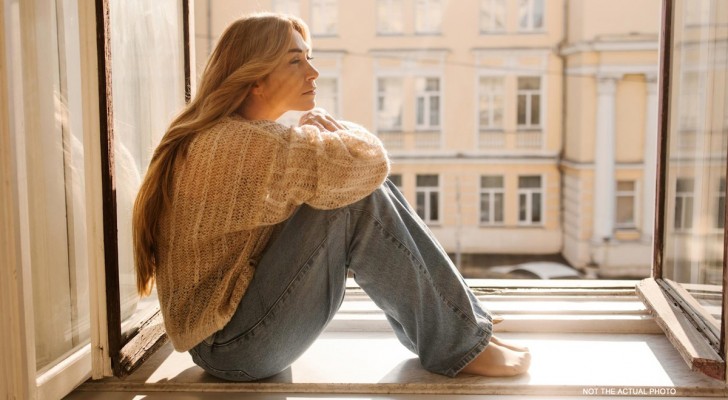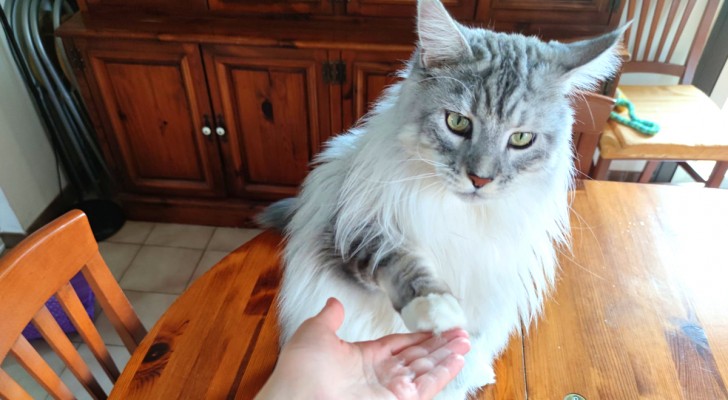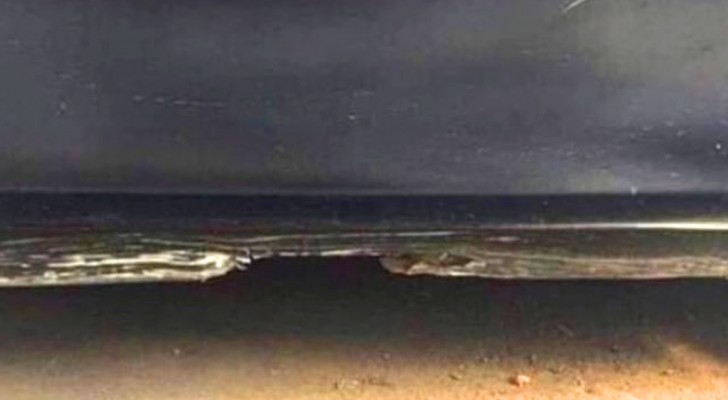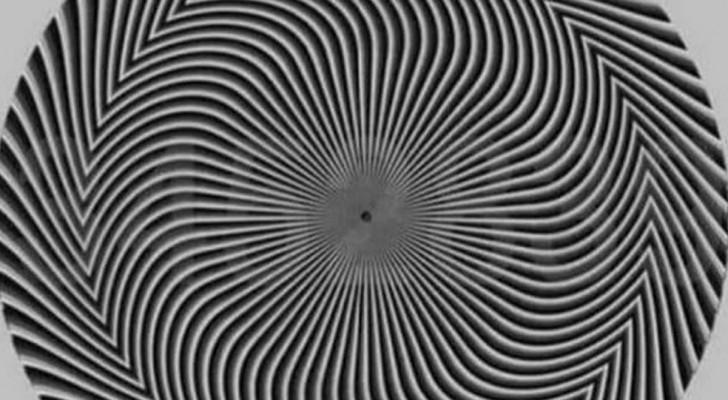14 very important vintage photos that are not usually shown in history books
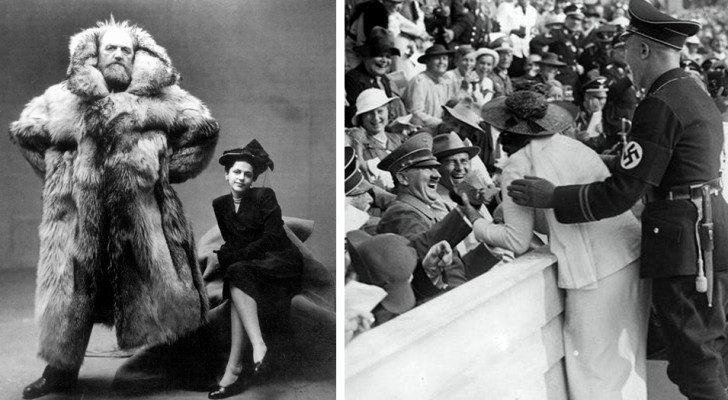
Period photographs offer us historical documents of great value which, along with other historical sources allow us to understand and reconstruct the past. They are essential to understanding more deeply what really happened at that precise moment. History school books are usually a bit sparse when it comes to images and, in any case, many of them remain "hidden treasures", reserved for a few. In this photo list we have tried to collect some of the most curious and less known images: have you already seen them? Certainly, they have the advantage of taking us back to times that we have never lived in and of helping us to comprehend the experience of those who lived through the most catastrophic situations, such as the reality of war.
1. Stalin is informed of the Nazi invasion of the Soviet Union
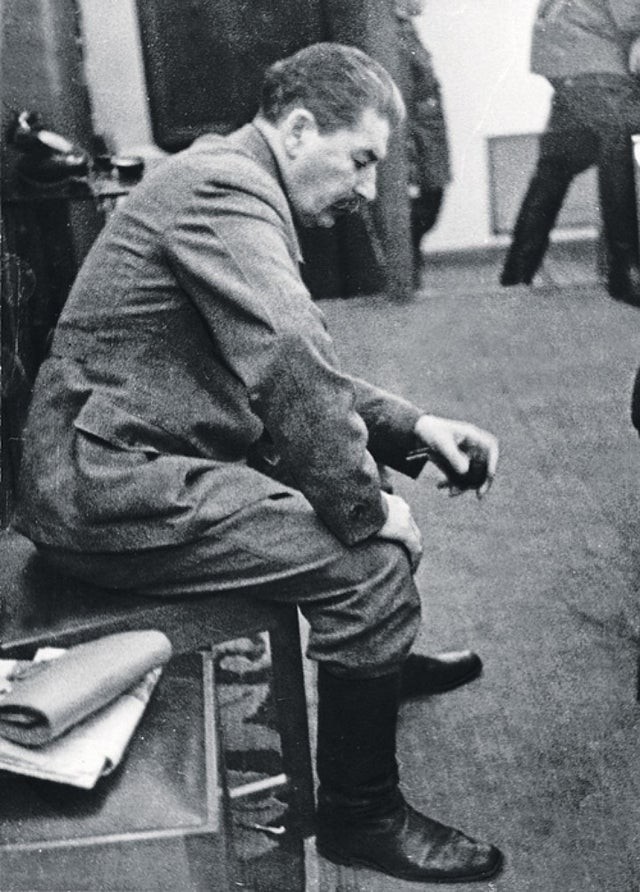
A photo taken surreptitiously in the Kremlin at 4:31 am captures the exact moment when Stalin was informed that troops from Nazi Germany had invaded the Soviet Union. The photo was taken by Komsomolskaya Pravda, chief editor. He was ordered to destroy it and not to publicise it, but he preferred to save that shot.
2. A father went to visit his son at the front
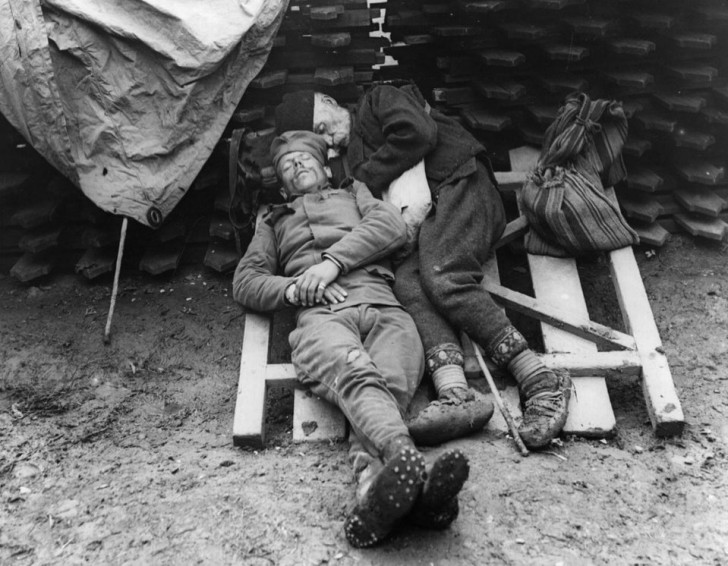
A Serbian soldier sleeps in the company of his father, who came to see him on the front line near Belgrade. An moving photo, which takes us back to the terrible reality of war, but without forgetting the human side. How did that father feel for his son? Certainly very afraid, and he did not want to leave him alone.
3. The liberation of the Auschwitz extermination camp in 1945

A photo taken in 1945, the day of the liberation of the Auschwitz extermination camp by the Red Army. The inmates salute their liberators, happy and incredulous for having escaped from hell.
4. Soviet peasants listening to the radio for the first time
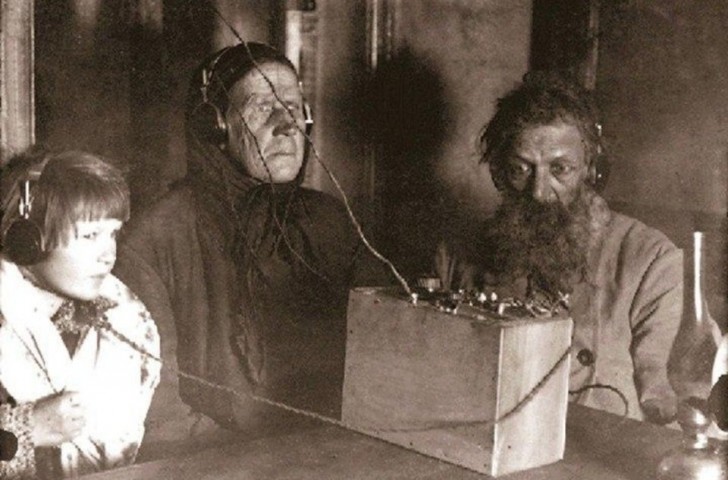
Who knows what emotions they felt, at the time, when they came face to face with a new device through which they could "magically" hear the voices of other people.
5. A photographic portrait of the Arctic explorer Peter Freuchen and his wife, the "fashion designer" Dagmar Cohn (1947)

Lorenz Peter Elfred Freuchen was a Danish explorer, writer and anthropologist from a southern Danish city who spent many years of his life in Greenland with the Inuit population. During the Second World War, Freuchen joined the Danish resistance against the Nazis, which is why he was arrested and sentenced to death by the German occupation forces. He managed to escape to Sweden and spent the remaining years of his life in New York. In 1945 he married Dagmar Cohn, a Danish illustrator, who today we would probably call a "fashion designer".
6. The soldiers returning home from World War II (1945)
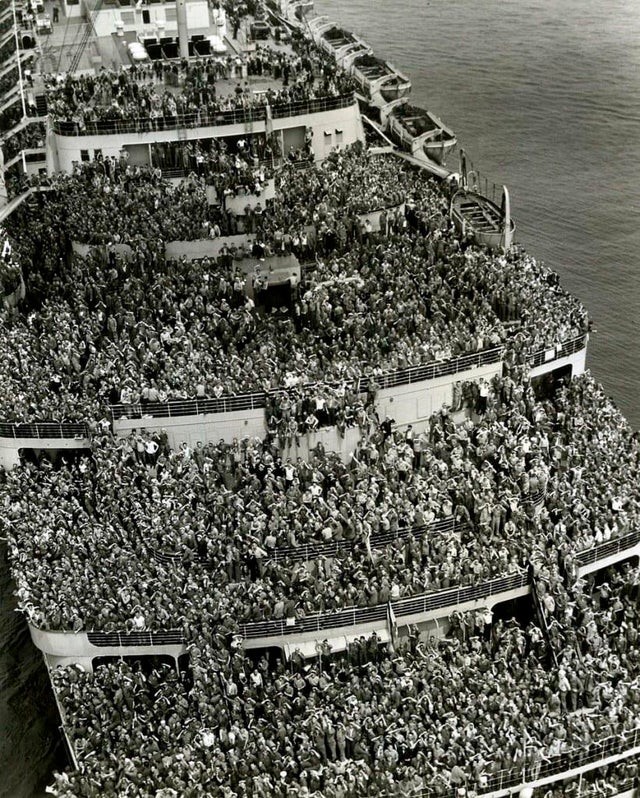
7. The pigeons are arranged to make a singular advertisement for Coca-Cola, in Venice (1960)
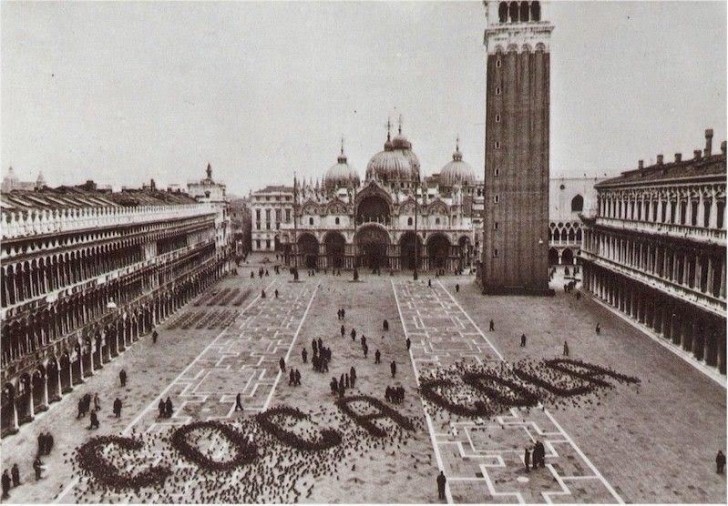
The pigeons of St. Mark's Square are "magically" trained form the Coca-Cola trade mark thanks to breadcrumbs and bird food that had been carefully distributed in the shape of the trade mark.
8. John Lewis after being arrested for using a "white" bathroom in Mississippi in 1961
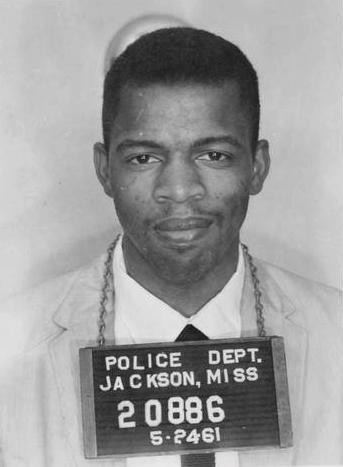
The young man smiles mockingly, aware that he has not committed any crime. Nonetheless, due to racial segregation, Lewis was arrested by the Mississippi police for using a white-only public toilet.
9. Mafiosi hide their faces at Al Capone's trial in 1931
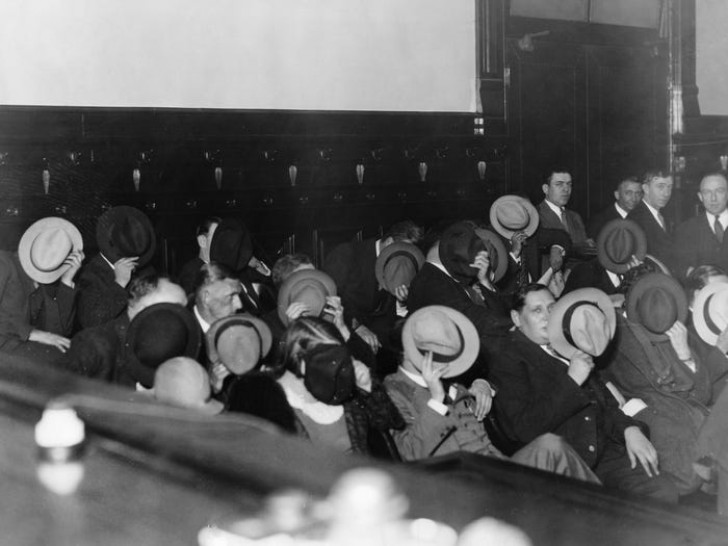
10. Nikola Tesla: the last known photo we have of the well-known scientist (1943)
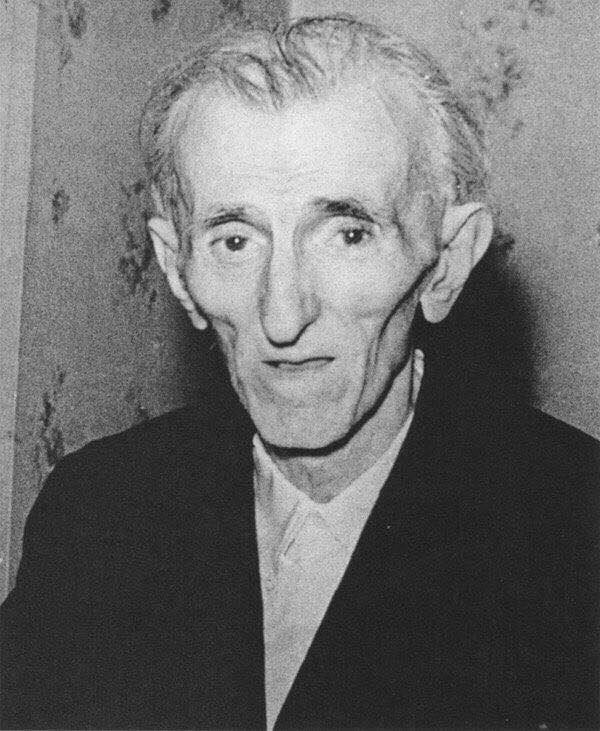
11. A Ukrainian immigrant celebrates the anniversary of Stalin's death: "Free Borsht"! (1953)
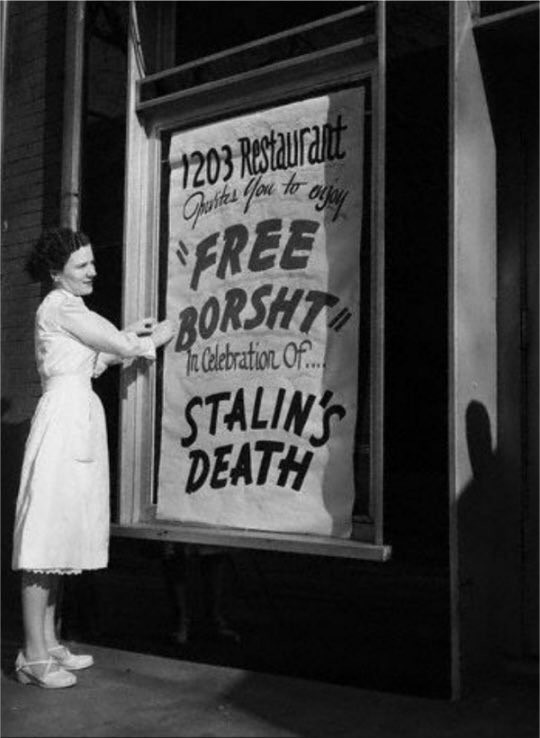
12. German soldier Jakob Nacken (7' 3") talks to British corporal (5' 3") Bob Roberts after surrendering to him near Calais, France (1944)
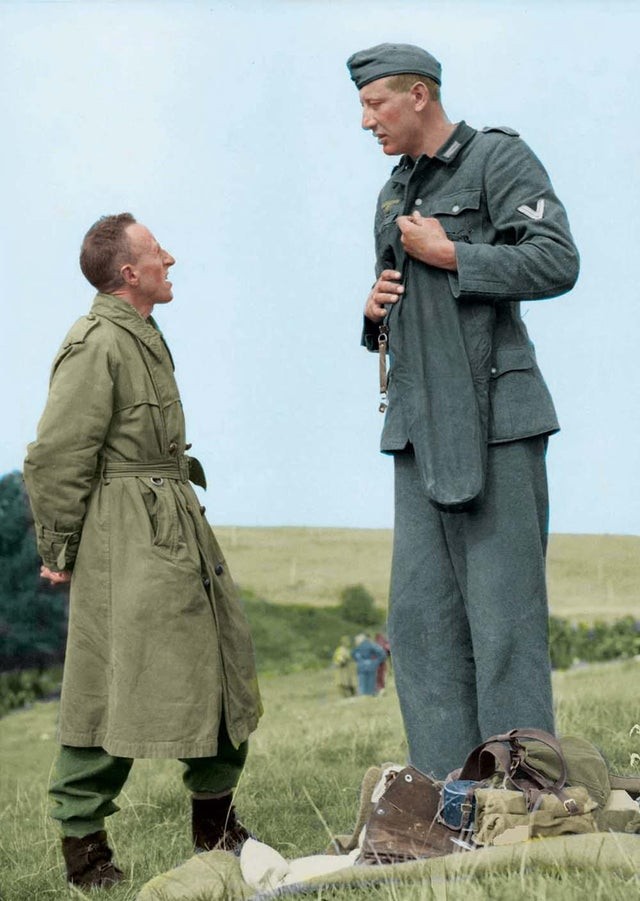
This photo, originally in black and white, has been digitally colored.
13. Hiroshima before and after the atomic bomb
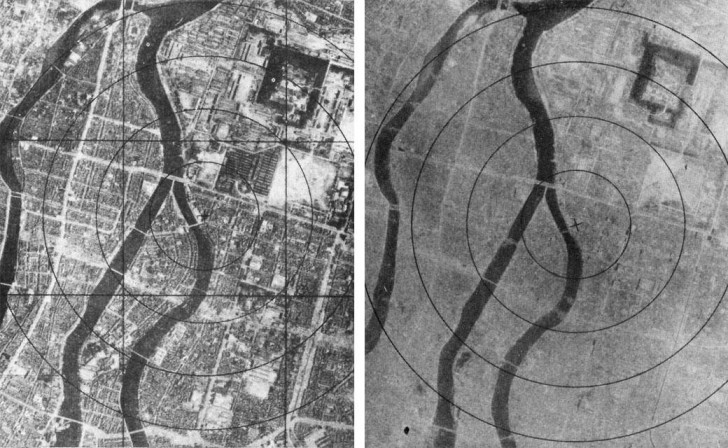
14. Hitler's hilarious reaction to a kiss from an American woman admirer, during the 1936 Olympics

Some of these photos arouse horror or make us shudder, others take us back to times that seem very far away. Do you like to leaf through old historical documents to rediscover the past?


